The old town of Bamberg was included in the UNESCO World Heritage List as early as 1993. The World Heritage Site includes the mountain town with the Cathedral Hill and the former Benedictine Monastery of St. Michael, as well as the Island Town and the Gardener’s Town. But it was not only the high density of historic sites, such as the famous Imperial Cathedral or the Old Town Hall, that earned Bamberg UNESCO World Heritage status almost 30 years ago. Without the Garden City, with its late medieval character, Bamberg would not have become a World Heritage Site. Since 2014, Bamberg’s gardening tradition has also been included in the intangible cultural heritage.
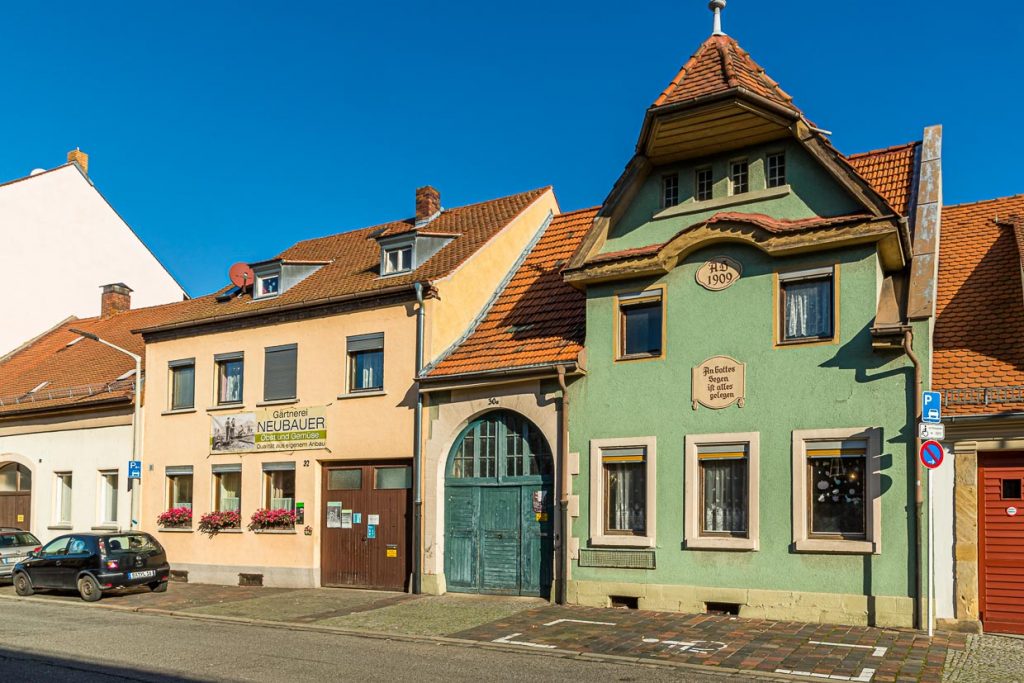
Behind the gardener’s city is a centuries-old tradition. Bamberg families cultivate historic growing areas in the middle of the city. The Gardener’s Town has always served to supply Bamberg. Today, you can learn a lot about the historical and cultural connections by following a circular route. The gardener families who have been producing vegetables, herbs, fruit, flowers and seeds in their neighborhood for centuries continue to do so.
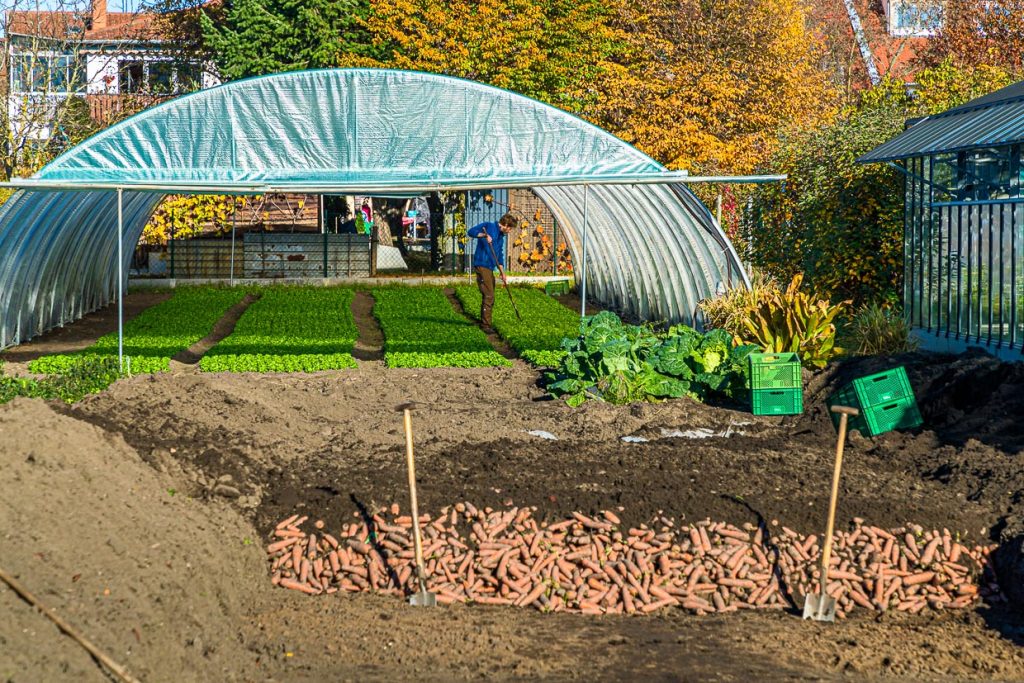
The neighborhood is not a museum, but a living and working quarter to this day, even though the number of gardening businesses has been greatly reduced. While there were more than 500 farms around 1900, today there are still 18 nurseries that have united under the brand Gutes aus Bamberg. In addition to the many tourist attractions that Bamberg’s old town has to offer city visitors, the historic growing area and the horticultural tradition must vie for attention.

In Bamberg’s gardening town, what has long disappeared elsewhere has been preserved. Most people drive to the Green Meadow – which disguises its desolation in its name – to shop. Huge parking lots and soulless industrial buildings packed to the ceiling with goods from everywhere. If you want to experience how people used to live, work and shop, you should definitely stroll through the Bamberg Gardeners’ Quarter.
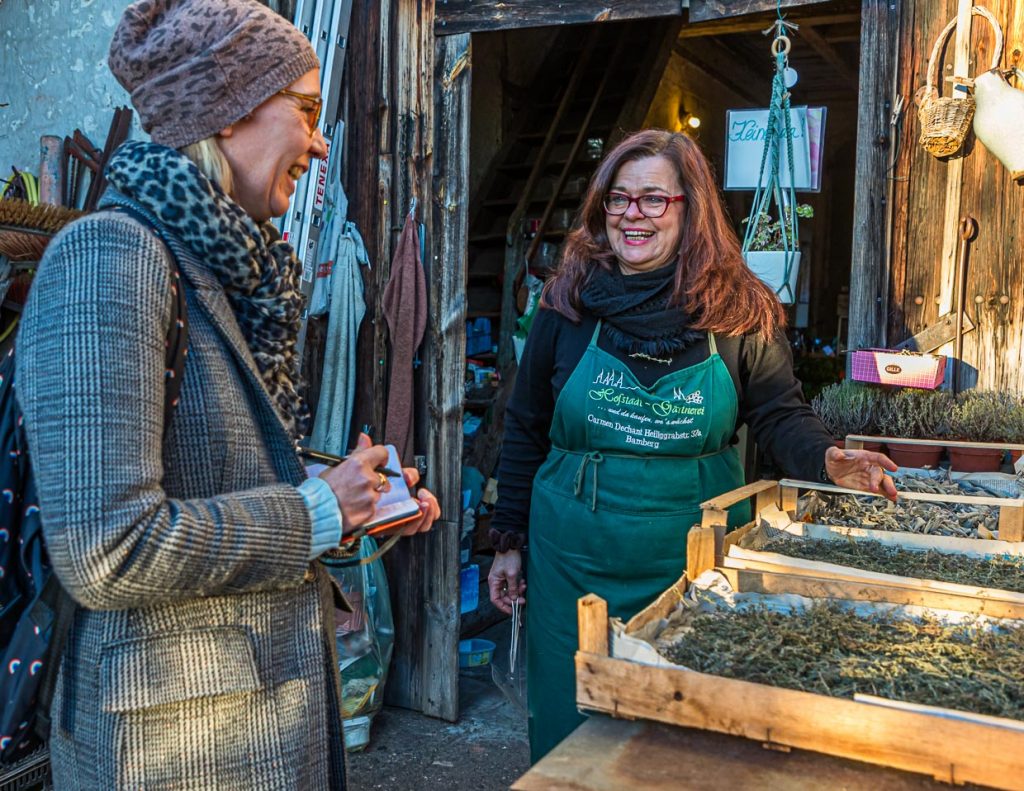
The circular route links the gardeners’ and crocheters’ museum with real shopping opportunities in the gardeners’ farm stores and invites you to the Gärtnerstadt viewing platform. From here you can see the long narrow plots. Behind each of these plots, which form a large field, is the story of a different gardener family.
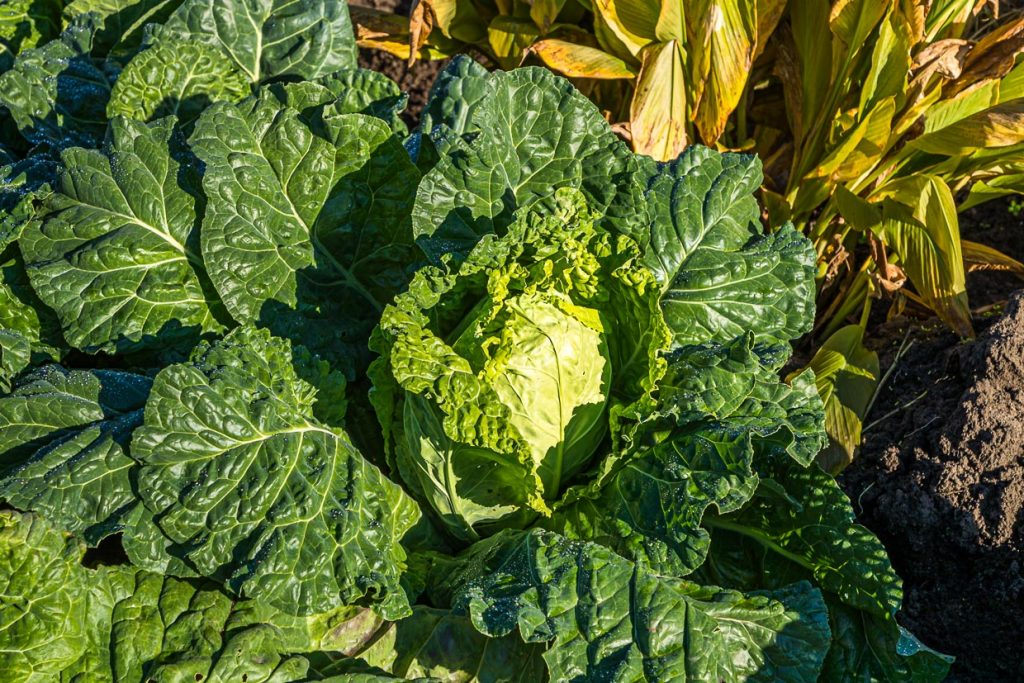
The blessing of home varieties
For centuries, gardeners in Bamberg had grown only those vegetables that they had propagated themselves in their home gardens. Each gardener had his own individual home varieties. In this way, genetically independent local varieties developed over the course of time, which were optimally adapted to the local conditions of the city. Some of these varieties have survived to this day and, like the Bamberger Hörnla, are known far beyond the region.
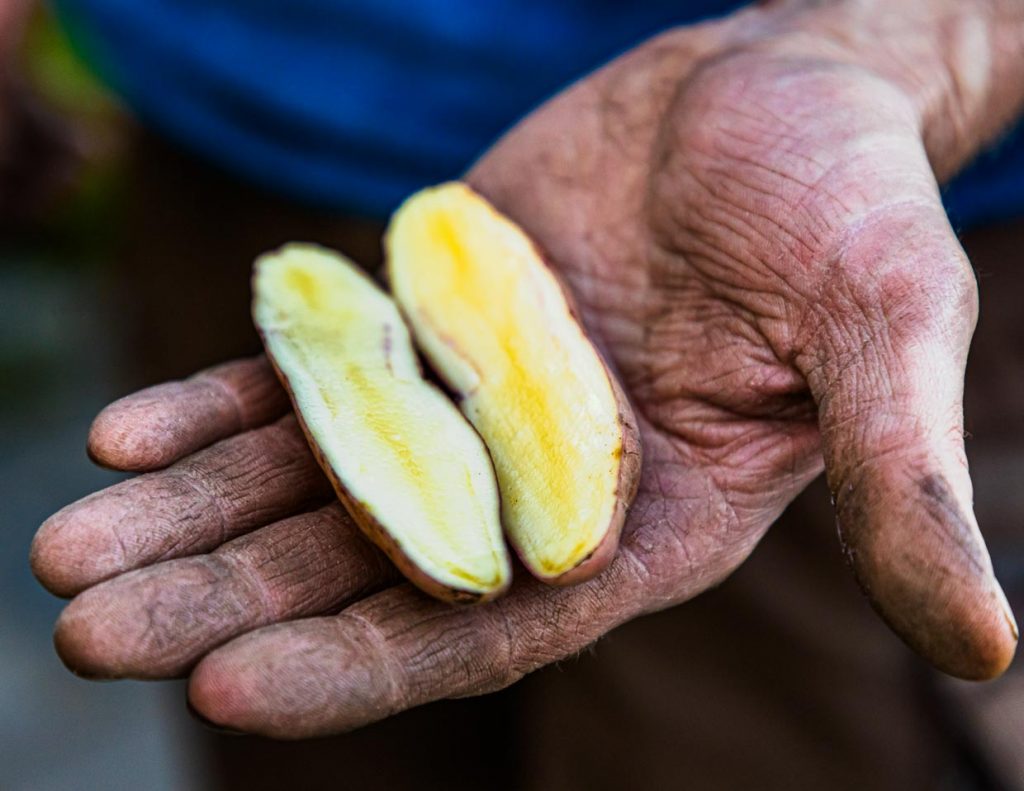
Far less well known are almost exotic-looking crops that are once again available fresh and locally thanks to dedicated vegetable farms: Bamberg ginger, turmeric or licorice. Bamberg savoy cabbage and radish as well as the pear-shaped Bamberg onion.
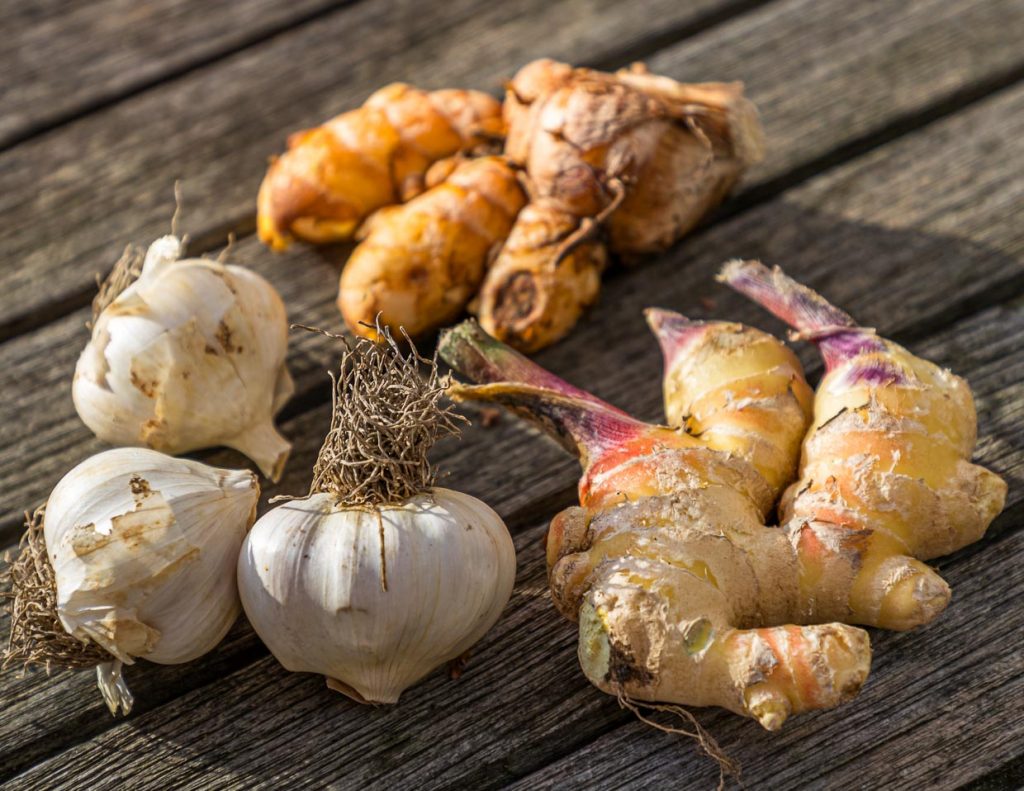
On board the ark – Bamberg garlic and licorice
The ancient vegetables are receiving protection not only from dedicated gardening families, but also through the international Ark of Taste project. The Slow Food Foundation for Biodiversity protects from oblivion and disappearance around 4,700 regionally valuable foodstuffs, livestock species and cultivated plants worldwide that do not survive on the market under current economic conditions or, like Bamberg licorice, have gone out of fashion. In the past, garlic bulbs were planted and harvested by hand. With the increased use of potato planting and harvesting machines from 1950 onwards, the variety disappeared from field cultivation, as the elongated tubers were hardly suitable for mechanical processing.
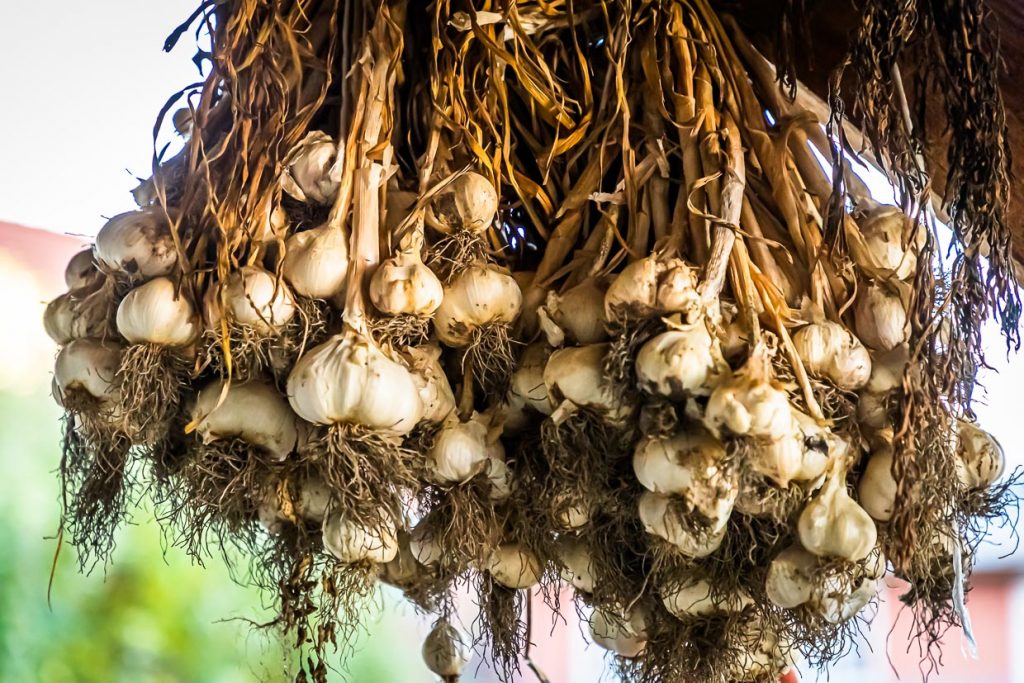
For a long time, only horticulture and direct marketing contributed to the preservation of garlic. Garlic cultivation had great economic importance in Bamberg in the 19th century. Dried garlic bulbs were sold in bunches of 100 and 30 and were a regular trade item at the autumn markets. After the Second World War, this vegetable crop became less and less important. Around 1995, the marketing of Bamberg garlic ceased altogether. The fact that it has survived in three nurseries, mainly for home consumption, is also due to its flavorful quality.
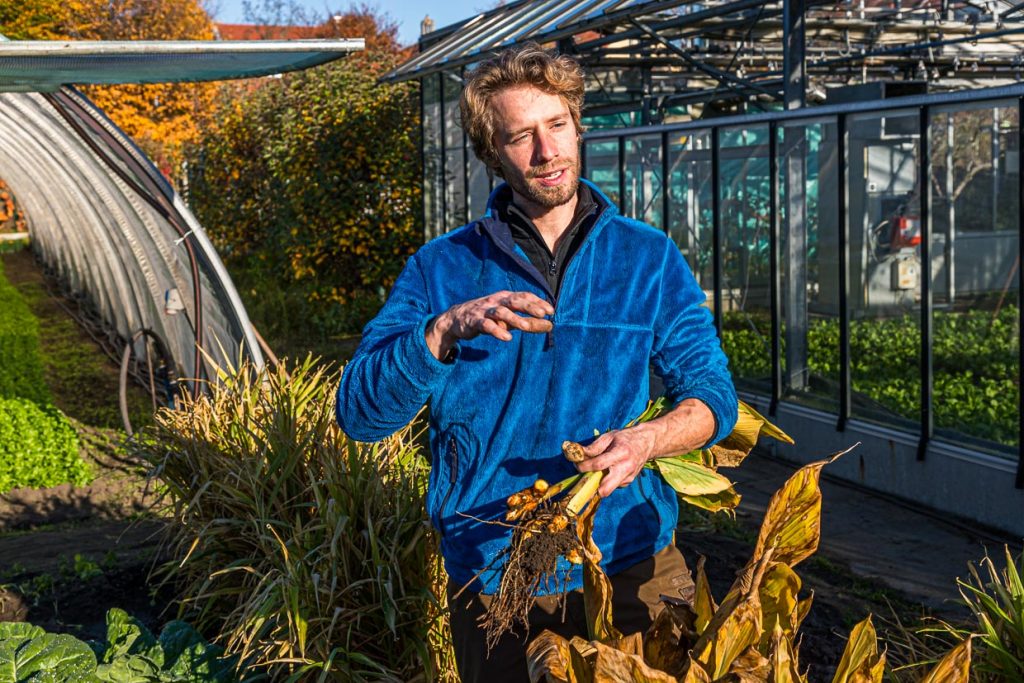
Carrot on two legs – organic vegetables at Niedermaier
The Sebastian Niedermaier nursery is in its 11th generation. In 2012, Sebastian Niedermaier switched to organic vegetables and has been growing regional vegetables and organic produce ever since. In the Niedermaiers’ courtyard, queues form at the sales stand – not only due to corona. When the yard sale starts at 2 p.m. on Friday, it is the regular customers from the city and the surrounding area who stock up on the organically grown vegetables.
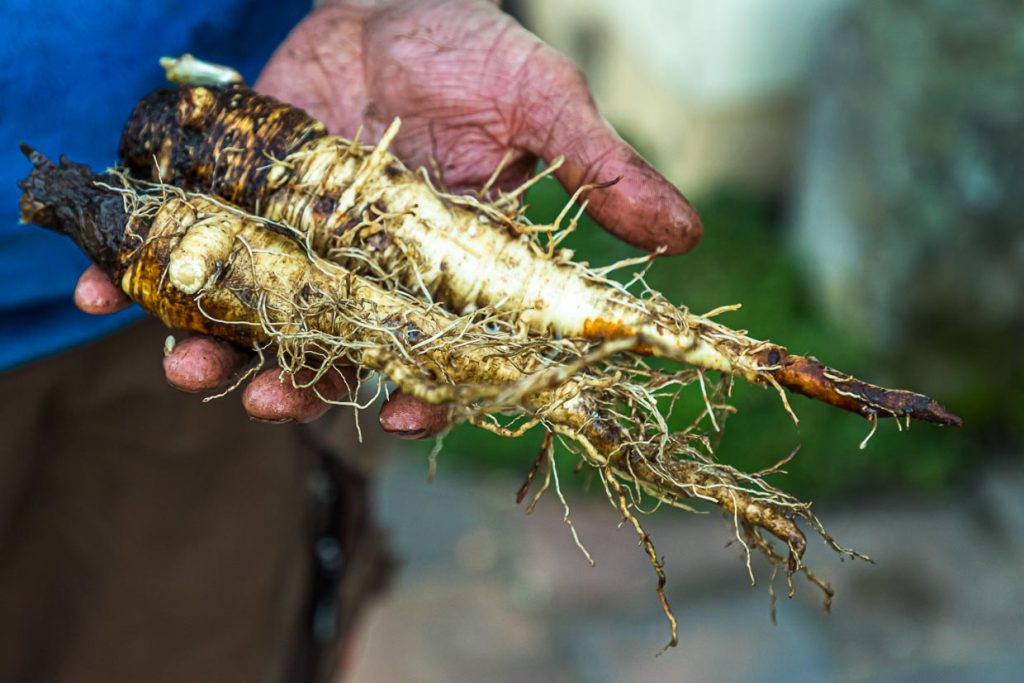
The Niedermaier family has been part of the gardener’s town for 400 years. Deeply rooted in the narrow cultivation areas. Until May, Sebastian Niedermaier serves his clientele with root vegetables from the earthen store. Yellow beet, beet, celery and carrots are stored here over the fall and winter. With Sebastian Niedermaier, carrots can sometimes have two legs. Despite his awareness of tradition, he likes to confront his customers with new varieties. Like the sugar loaf, which, contrary to its name, is a very bitter salad. He calls the sweet corn on the cob a power bar, and the Franconians were initially a little hesitant about kale. Here in Bamberg, savoy cabbage is the king of cabbages. He has newly cultivated oat root as an alternative to salsify.
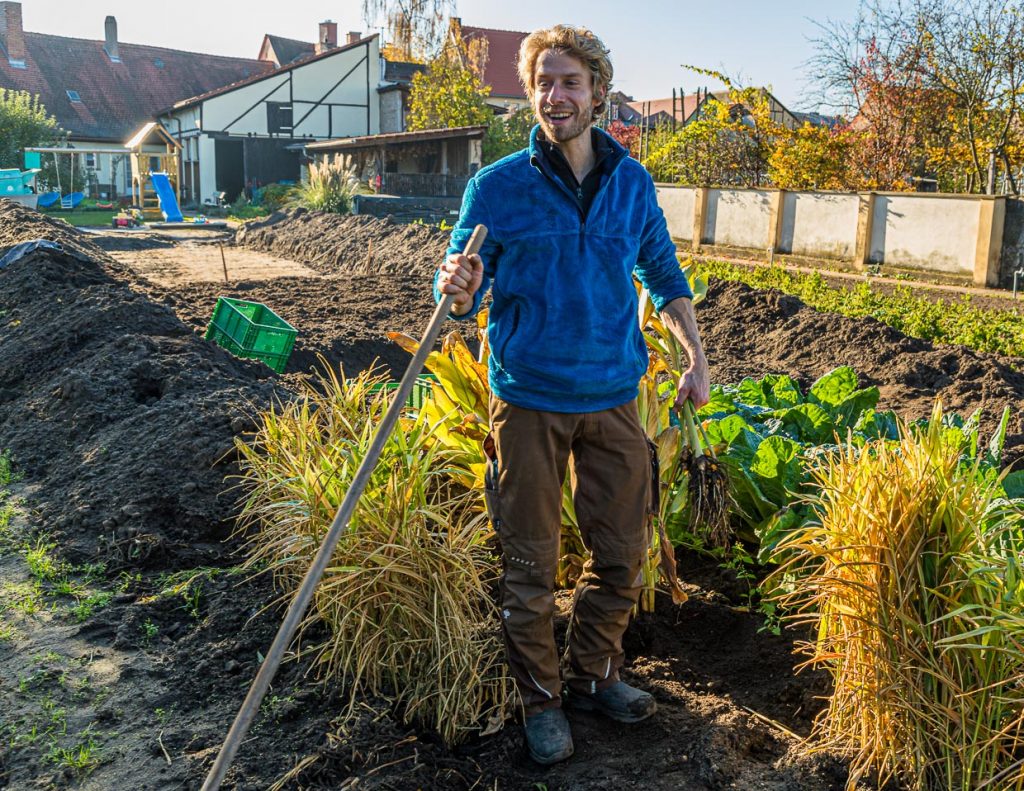
During his apprenticeship, Sebastian Niedermaier traveled a lot: On Tenerife he grew organic vegetables, in Switzerland he cultivated areas as large as those of all Bamberg gardeners’ farms combined. Six months in the U.S. gave him an insight into the breeding of genetically modified fruit and vegetable varieties. He did not want this path for his farm. His vegetables are locally produced and of good quality. Lamb’s lettuce and winter postelein, tomatoes, radishes, savoy cabbage, carrots, and yellow and red beets are among the vegetables on offer, which include a total of around 60 varieties. In addition, the Niedermaiers grow old local varieties that are so exclusive that they are now only owned by the Niedermaiers family! For example, you can find the family’s own varieties of Bamberger Spitzwirsing, Bamberger Knoblauch and Bamberger Rettich in his farm nursery.
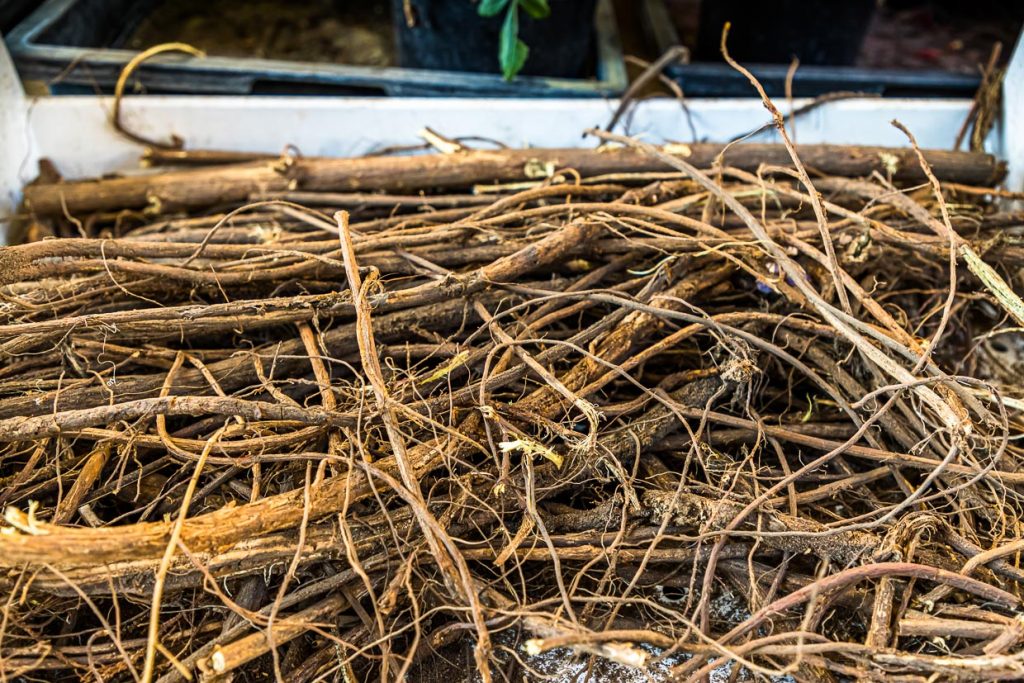
The old Bamberg tradition of growing licorice, also an archetype, is also carried on here. Licorice is a rather shaggy plant. The three- to four-year-old lateral roots have flavor and are harvested. The taproot, on the other hand, always remains standing. In his master’s examination, Sebastian Niedermaier recounts, he had to dig up a three-meter-long lateral root unharmed. The old knowledge should not be lost. In 1604, the liquorice was even included in the coat of arms of the city of Bamberg.
The Niedermaiers undertake propagation and seed cultivation themselves every year, thus preserving the diversity of varieties and the unique taste of their own Bamberg varieties.
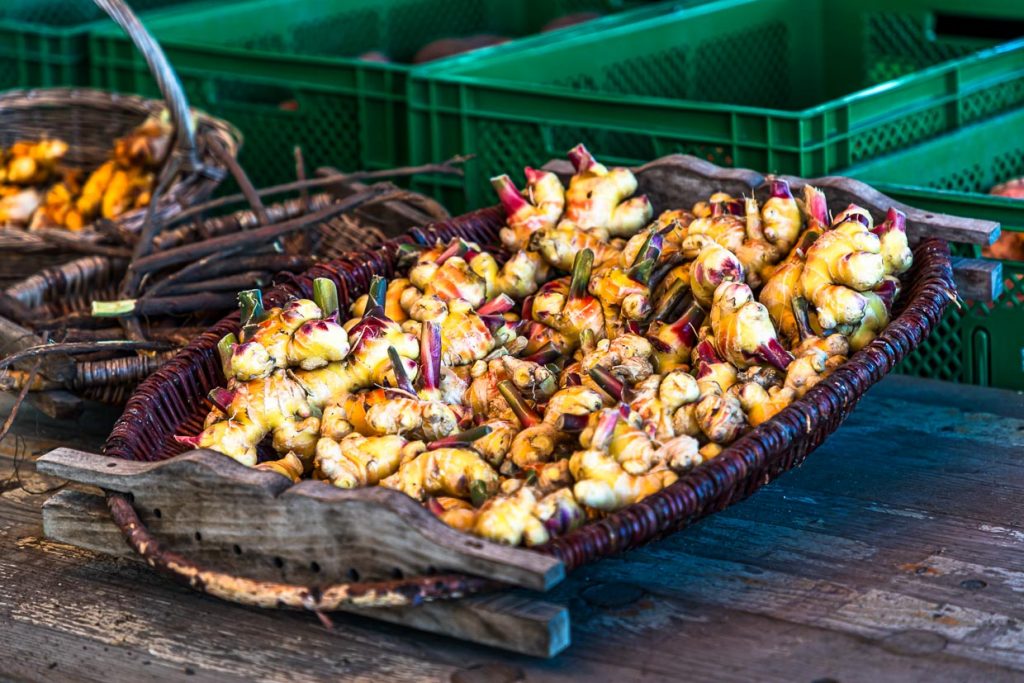
It is precisely because in is not an open-air museum, but a living tradition, that it is so advisable to include the Gardener’s City in a city tour, with all the concentrated culture as well as gastronomic temptations that Bamberg has to offer. Every gardener in Bamberg has his own specialties. Fruits and vegetables, herbs as well as perennials and flowers. You can hardly bring back better souvenirs from a trip.
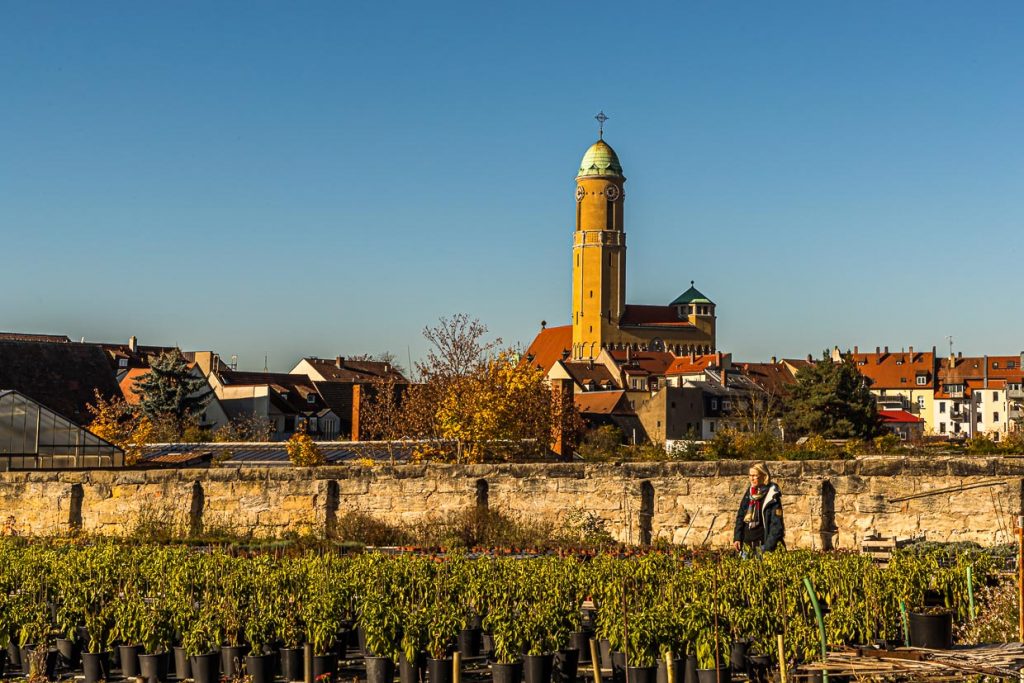
The city of Bamberg offers guided tours of the Gärtnerviertel every Friday. But the quarter can also be easily discovered on your own. The tourist office provides visitors with handy brochures describing the circular route and its stops.
Wall calendar with photos by Georg Berg available in bookstores (also online) in various sizes: World Heritage Garden City Bamberg / also as family planner (*)
The research trip was supported by Bamberg Tourismus
(*) This post contains advertising links (also called affiliate or commission links) that lead to Amazon.de.

